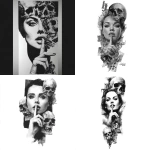Explore the Best AI Image Gallery
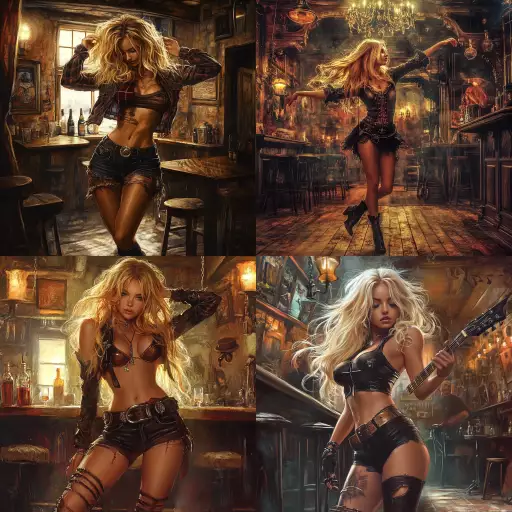
Blockchain in Finance: A Creative Revolution?
The financial world is undergoing a seismic shift with the rise of blockchain technology. While initially associated with cryptocurrencies, its applications are expanding rapidly, touching even the creative industry in profound ways. This begs the question: can blockchain revolutionize how artists, musicians, and creatives engage with finance and build their careers?
Potential Uses: Empowering Creativity
- Copyright Protection and Ownership: Blockchains immutable ledger can provide artists with a secure and transparent way to register and protect their intellectual property. Every creation could be timestamped and linked to the creator, making it difficult to forge or plagiarize.
- Direct Fan Funding: Platforms built on blockchain allow artists to connect directly with their fans, bypassing traditional gatekeepers like record labels or galleries. Fans can contribute financially to projects they believe in, fostering a more equitable and sustainable creative ecosystem.
- Micropayments for Creative Content: Blockchain enables microtransactions, making it feasible to pay creators for each view, download, or interaction with their work. This opens up new revenue streams for artists and encourages the creation of smaller, more accessible content.
Beyond Finance: New Forms of Collaboration
Blockchains impact extends beyond financial transactions. It facilitates decentralized collaboration, allowing artists to work together on projects regardless of location or time zone. Smart contracts can automate processes like royalty distribution and project management, streamlining workflows and fostering transparency.
Ethical Considerations: Navigating the Unknown
While blockchain offers exciting possibilities, it also raises ethical concerns that need careful consideration:
- Data Privacy and Security: Blockchains immutability can be a double-edged sword. While protecting ownership rights, it also means that any data stored on the chain is permanent. Safeguards must be in place to protect sensitive artist information and prevent misuse.
- Access and Inclusion: The technical complexity of blockchain can create barriers to entry for some creators. Its crucial to ensure that the technology remains accessible and inclusive, empowering artists from all backgrounds to participate.
- Algorithmic Bias: Smart contracts and decentralized autonomous organizations (DAOs) rely on algorithms that can perpetuate existing biases. Its essential to develop ethical guidelines and oversight mechanisms to mitigate these risks and ensure fairness.
Future Trends: A Decentralized Creative Landscape
The future of blockchain in the creative industry is brimming with possibilities:
- NFTs as Digital Assets: Non-fungible tokens (NFTs) are already transforming how artists sell and authenticate their digital creations. We can expect to see more innovative applications of NFTs, such as fractional ownership of artwork or virtual experiences. \n
- Metaverse Creations: Blockchain-based metaverses will offer new platforms for artistic expression and collaboration. Artists can build immersive worlds, host virtual exhibitions, and engage with audiences in unprecedented ways.
- Decentralized Music Distribution: Streaming services built on blockchain could empower artists to control their music distribution and earn a greater share of revenue.
Conclusion
Blockchain technology has the potential to revolutionize the creative industry, empowering artists, fostering collaboration, and redefining how value is generated and distributed. While challenges remain, the future holds exciting possibilities for a more decentralized, equitable, and innovative creative landscape.

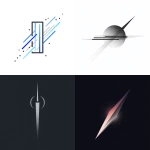
](https://images.ai-img.art/thumbnails/150/37f115f2fa75765b87e6d3e2c9f1b0a80a6a46efa8b864a05278c7fc0a0a62e7.webp)



](https://images.ai-img.art/thumbnails/150/d29fcfc8037938184a641f7980e1102e24a6e82088bc465886d26ffe5bb006c7.webp)
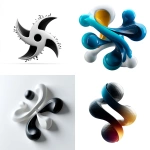

](https://images.ai-img.art/thumbnails/150/336026613fd234b8d6908fe18ecc09b2b2ecf7b8dfe294742041c9862dc499c1.webp)



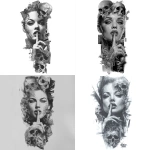
](https://images.ai-img.art/thumbnails/150/24610c8978ce6b4f1ced8639b434482871adb07e38af8b90cd535f2533bf18cc.webp)
](https://images.ai-img.art/thumbnails/150/85464d88f1d4314cd042a02a6f41440fc3b4343db529794cbe8e6836fdadf409.webp)

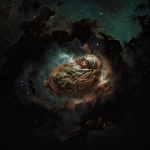

](https://images.ai-img.art/thumbnails/150/9127f72c6be19d533c26ac476f4d216cd89a6a2d7c351333489a3eff30c3ec5a.webp)





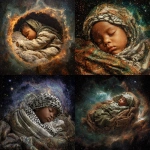
](https://images.ai-img.art/thumbnails/150/4a4f2a16da94ebadad64aeb3b0fb4e64d426431f1d651cc4929142c728fe85b7.webp)
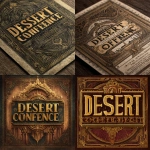








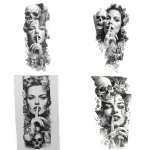









](https://images.ai-img.art/thumbnails/150/b90a5f332cb5d8f02116934e13abd20233e0eeb2368274dbdffaa2e281e4dff5.webp)


